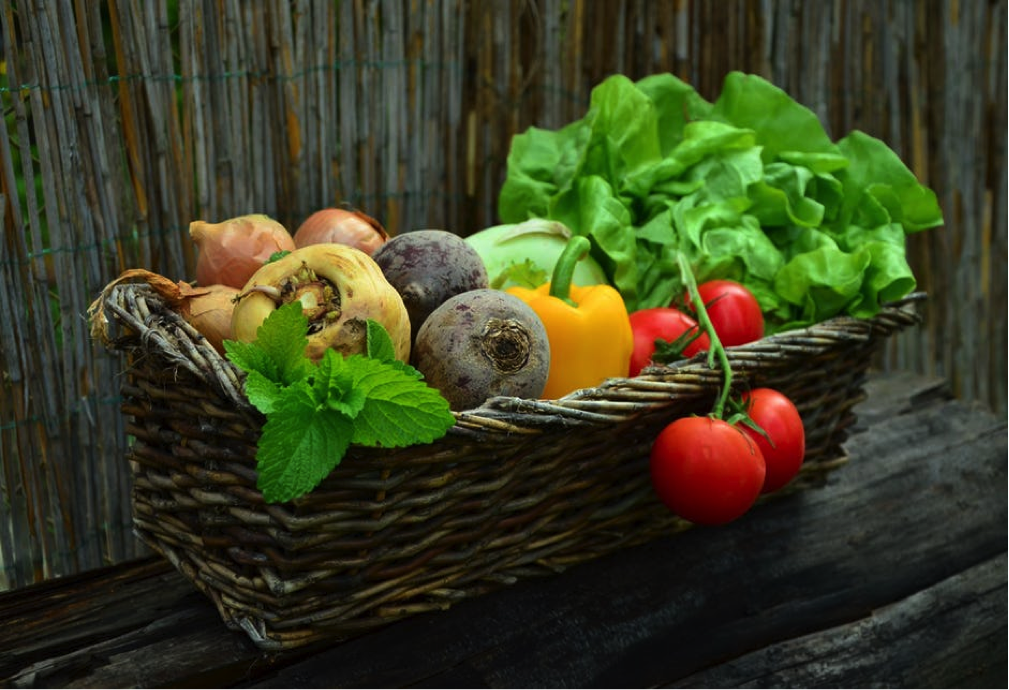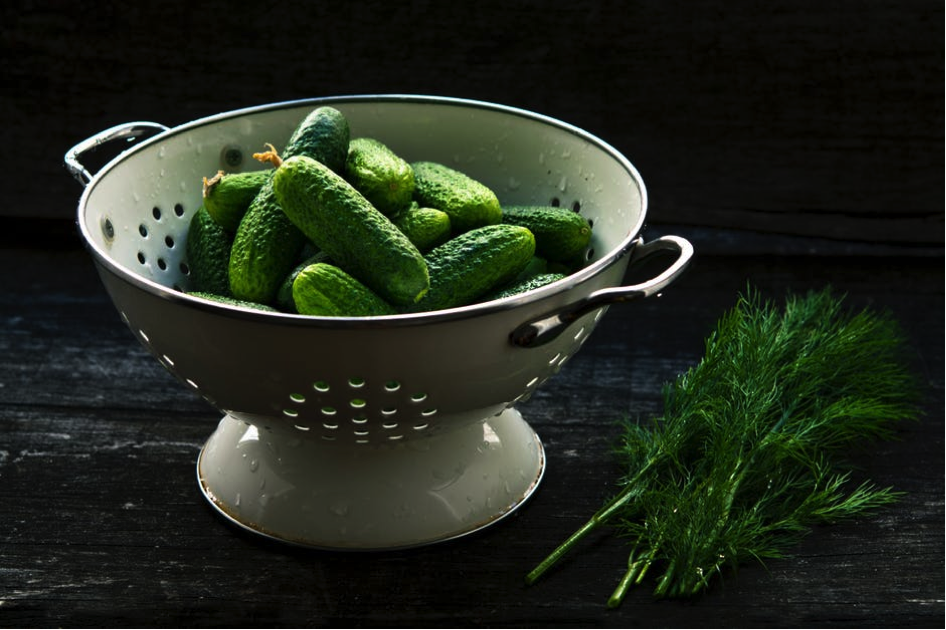When you’re cooking a lot, it helps to know where the ingredients are coming from. This isn’t necessarily to make a note of your carbon footprint or ensure that you’re buying organically – although these are brilliant factors to take into consideration – but more so because a lot of the taste and quality depends on where in the world they were harvested.
It sounds a little silly, but it isn’t. Let’s take strawberries for example. They’re available all year round in most places because they’re flown in from other countries when they are out of season. It’s not even a case of the bigger the better here; smaller strawberries seems to pack more of a sweeter punch, while those which are thriving in warmer weathers, grown to be packed into punnets for supermarkets, are decidedly tart. Some people like it, some people don’t. It’s definitely a matter of personal taste, but one that can be worked on to get you the results that you want.
How can this be done?
It’s simple – you start growing your own. You’ll know exactly where your fruit and vegetables are coming from because you will have nurtured them from seed to fully grown. There is so much that can be done in terms of experimentation with flavor and texture, especially when there is such a variety of seeds on the open market available for you to buy. Have you ever scoured stores just looking for one specific ingredient that you could never find? Maybe it was too niche a product, but the sooner you can be able to harvest your own, the less time you will spend looking around stores for something that will never materialize.
What do I need?
Really not much! There is dedicated equipment over at lumigrowth.com which is good for investing in if you don’t have much space outside to be able to start growing what you want to. Then look up your favorite recipes and have a think about which ingredients you use the most; these are normally the ones that you head out to the store for and have a good stock of in the cupboard.
Do I have to start from scratch?
No way! Sometimes, if you go into garden centers and nurseries, the hard work has been done for you and you have a fully grown plant ready and available for you to plant straight into your garden. This is more commonly the case for herbs, but it doesn’t mean that other vegetables and fruits are excluded. Have a look around for what you can get – remember that you can grow things under the ground, such as your root vegetables, as well as on top of the ground too! There are some plants which flower the most gorgeous blooms (such as apple trees) to add to your garden, so you don’t need to do it just for the food – the aesthetics are there as well.
Most importantly of all, enjoy what you’re cooking – from seed to fork, you’ve put a lot of effort into this meal!
 Image Source
Image Source Picture Credit
Picture Credit






Leave a Reply